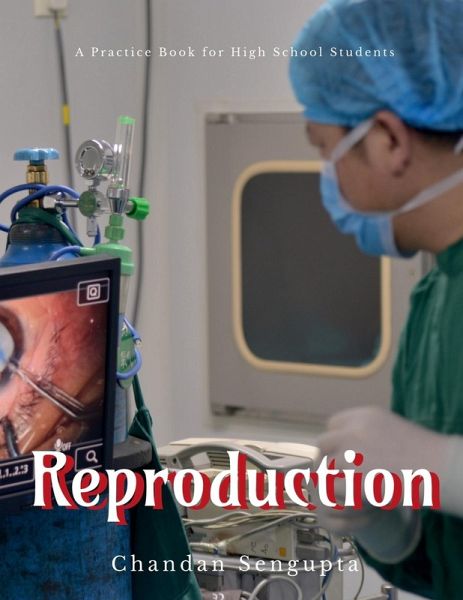
Reproduction
A Practice Book for High School Students

PAYBACK Punkte
10 °P sammeln!
At the cellular level reproduction is the process of transferring genetic materials to a newly developing individual for the purpose of the continuation of generation. In higher organisms this process involves a series of reductional division (meiosis) for ensuring reduction in the set of chromosome numbers for the formation of germ cells. Two haploidic germ cells (mala and female gamets) unite to form a diploidic somatic cell. In unicellular organisms such newly developed somatic cell directly become functional and such cell undergoes a definite pattern of equational cell division (mitosis) t...
At the cellular level reproduction is the process of transferring genetic materials to a newly developing individual for the purpose of the continuation of generation. In higher organisms this process involves a series of reductional division (meiosis) for ensuring reduction in the set of chromosome numbers for the formation of germ cells. Two haploidic germ cells (mala and female gamets) unite to form a diploidic somatic cell. In unicellular organisms such newly developed somatic cell directly become functional and such cell undergoes a definite pattern of equational cell division (mitosis) to form the grwn up individual. Male germ cells are forms by the process of spermatogenesis. In male, the spermatogonia are converted into full-grown cells known as the primary spermatocytes, each of which has 2n chromosomes. Every primary spermato-cyte divides twice in quick succession. The first division is meio-tic, and produces two secondary spermatocytes, each having in chromosomes in its nucleus.














